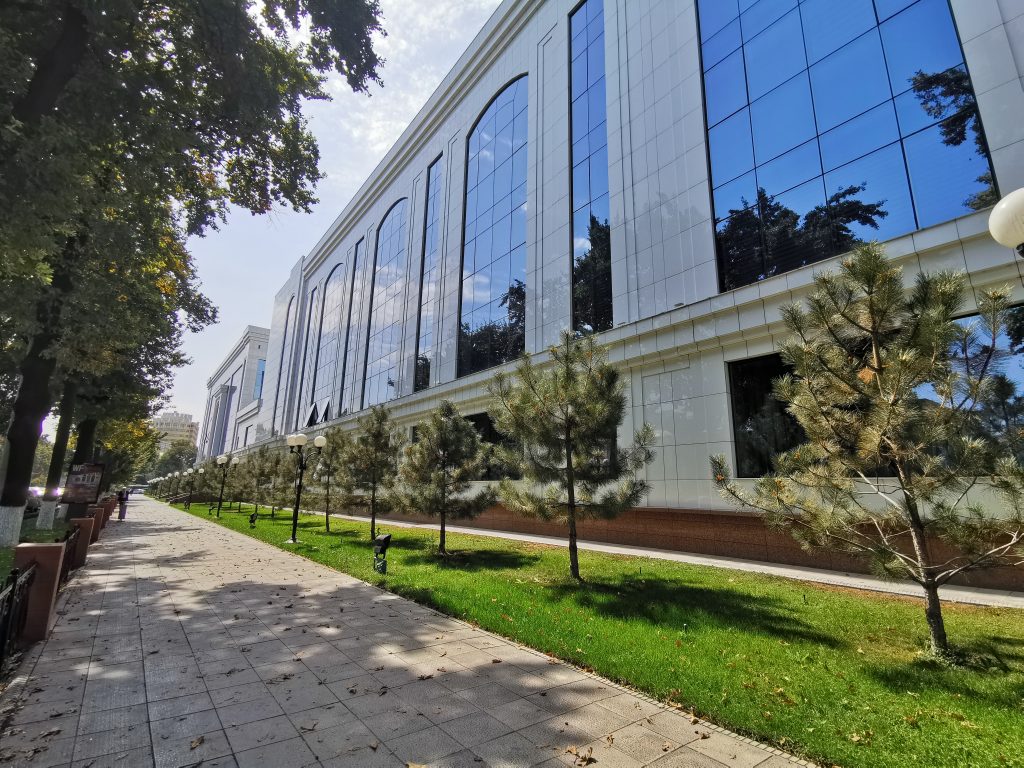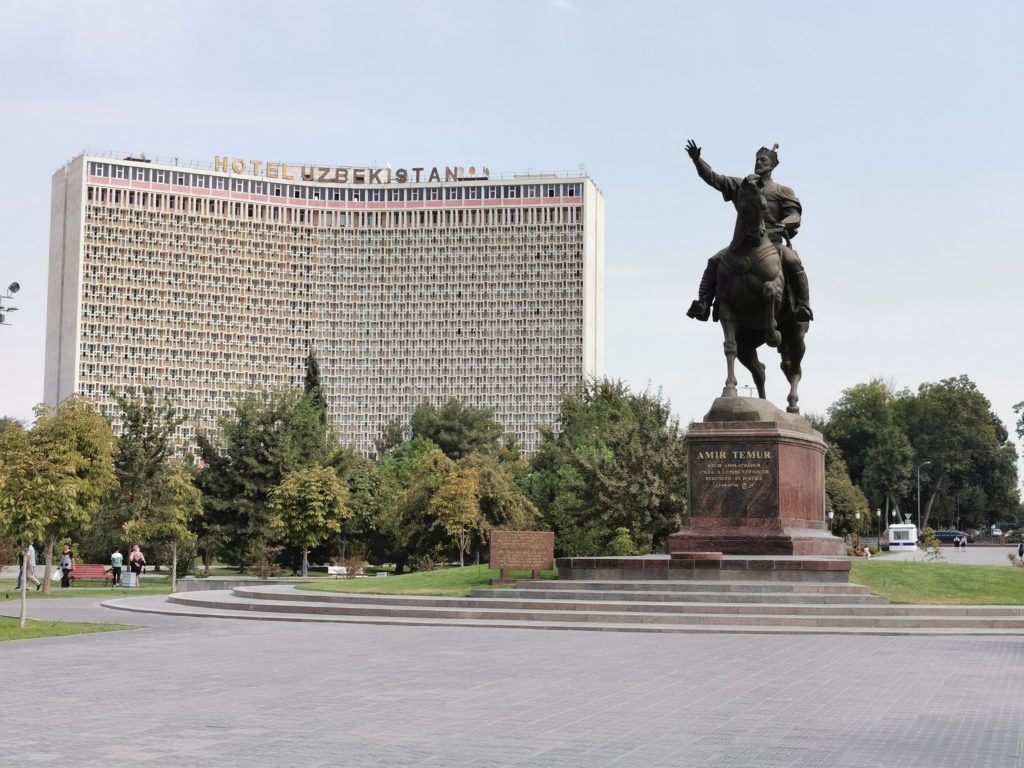Jet-lagged Intro to Uzbekistan: Short Stop in Tashkent
Poor Wi-Fi has plagued us since arriving, but that has changed, at least for now, so I’m finally getting around to putting this first post out there. I have some catching up to do, so another post will quickly follow.
We’re on a Silk Road journey—no, not a tour—of our own making, with the goal of learning about the past, present, and future of the trade routes that shaped much of the eastern hemisphere. Uzbekistan is the heart of the Silk Road in Central Asia.
We arrived in Tashkent, the country’s capital, at one in the morning on September 14th after approximately 24 hours of travelling. As usual, I had done a ton of research so was totally ready for the airport ordeal of declaring everything from how much cash we were bringing (this is very much a cash-only country) to what prescription and non-prescription medications we were carrying (we opted to each bring a tiny travel-sized containers of Advil to avoid any complications). My printed e-ticket confirmation of our outbound flight was ready for when the customs/immigration agent asked for it. (Canadians can stay in Uzbekistan visa free for 30 days maximum.)
How did that all go? Not one question. No declaration forms to fill out. It was the easiest entry into a country ever! Passports scanned and stamped, and we were in. Was this normal/typical? I don’t know, but after all I’d read about how complicated it could be, this was a nice surprise.
Tashkent, the country’s capital and main arrival point for international travellers, was just a short two-night stop for us—we’ll be going back there near the end of our Uzbek journey—to rest and get over our jetlag, to pick up a SIM card, and to get a feel for the language and culture. So, we had just one bleary-eyed day to wander around a little.
The city was eerily quiet. Was it because it was a Saturday? And there was a . . . distinctly Soviet feel.

In any case, we muddled our way through Uzbek, Russian, and a lot of sign language to purchase a SIM card at a Ucell outlet. For $5, we may have enough data and local phone minutes to get us through a month here.
Then it was off to learn about Amir Temur (also knows as Tamerlane), who is a hero to the Uzbek people. He sits astride a horse in the centre of Amir Temur Square, having replaced a bronze Karl Marx in 1993.

Temur was a barbarian. For nine years, he raged across Central Asia, conquering, Iraq, Syria, parts of Turkey, India, and the Caucasus. amassing riches and eventually bringing them back to Samarkand, then the capital of Uzbekistan. Historians estimate that Temur and his armies slaughtered some 17 million people (5% of the world’s population at the time). So, why a hero to some? He defeated the Ottomans, united much of the Muslim world, and destroyed the Christian church as it existed in the eastern world at the time. Heroism is all about perspective.
Next post: Khiva






